MEP continues to increase our area of operation in the Mara ecosystem and in 2018 specifically our efforts were focused on protecting the Mau Forest. We found a partner, the Sheldrick Wildlife Trust (SWT) who agreed that this water tower for the Mara River needed protection. So, SWT and MEP established a permanent ranger unit in the Mau Forest to protect elephants and other wildlife and the habitat upon which they depend. In order to achieve this in the Mau Forest, SWT supports two teams consisting of MEP, Kenya Wildlife Service (KWS) and Kenya Forestry Service (KFS) rangers. Their permanent presence is paramount to protecting the not just the elephant population in the Mau Forest, but the forest itself. On March 18, the SWT Mau De-Snaring Unit informed the rapid response unit based at MEP HQ that a fire had started the day before in the area of Bosnia and they needed assistance.
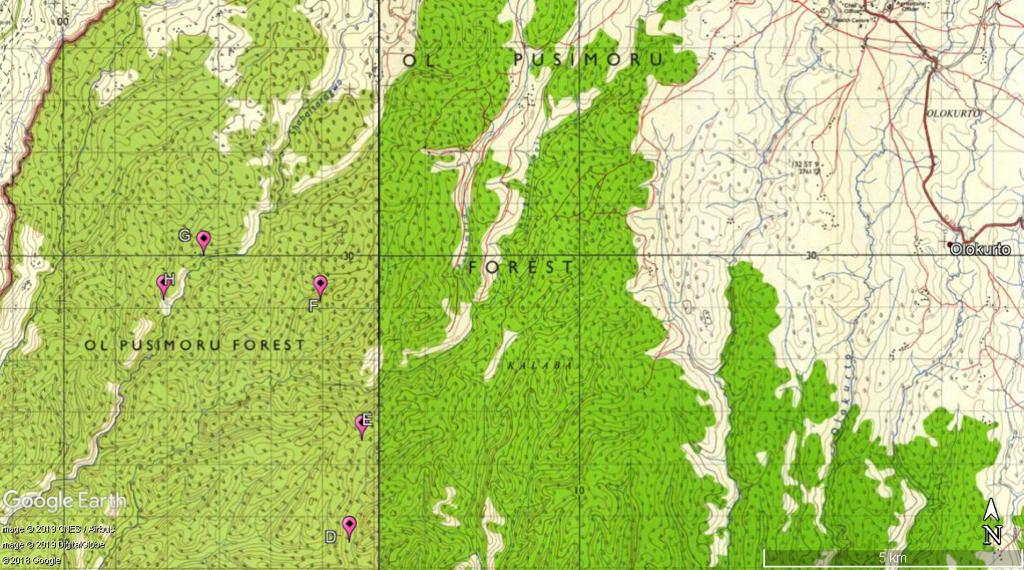
The five original fire sites in the Mau Forest.
The rapid response unit along with myself moved into the Bosnia area that evening and we made camp on the ridge. That evening MEP communicated with KFS and Rhino Ark about the potential for helicopter or crop duster water drops to help contain the fire.
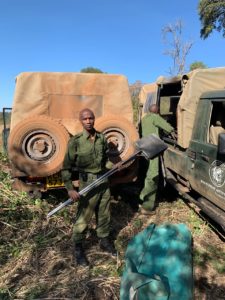
The next day, March 19, MEP mobilized a second rapid response unit and sent them to Narok Town to collect 50 “fire beaters” (pictured left) and meet our first unit and the SWT Mau De-Snaring Unit at the site of the fires in the Mau Forest. That afternoon representatives from KFS and Rhino Ark flew over the fires and located a total of eight fires. This information was relayed to the ground teams and the SWT Mau De-Snaring Unit along with the two MEP rapid response units continued their efforts to put out the fires using cut branches.
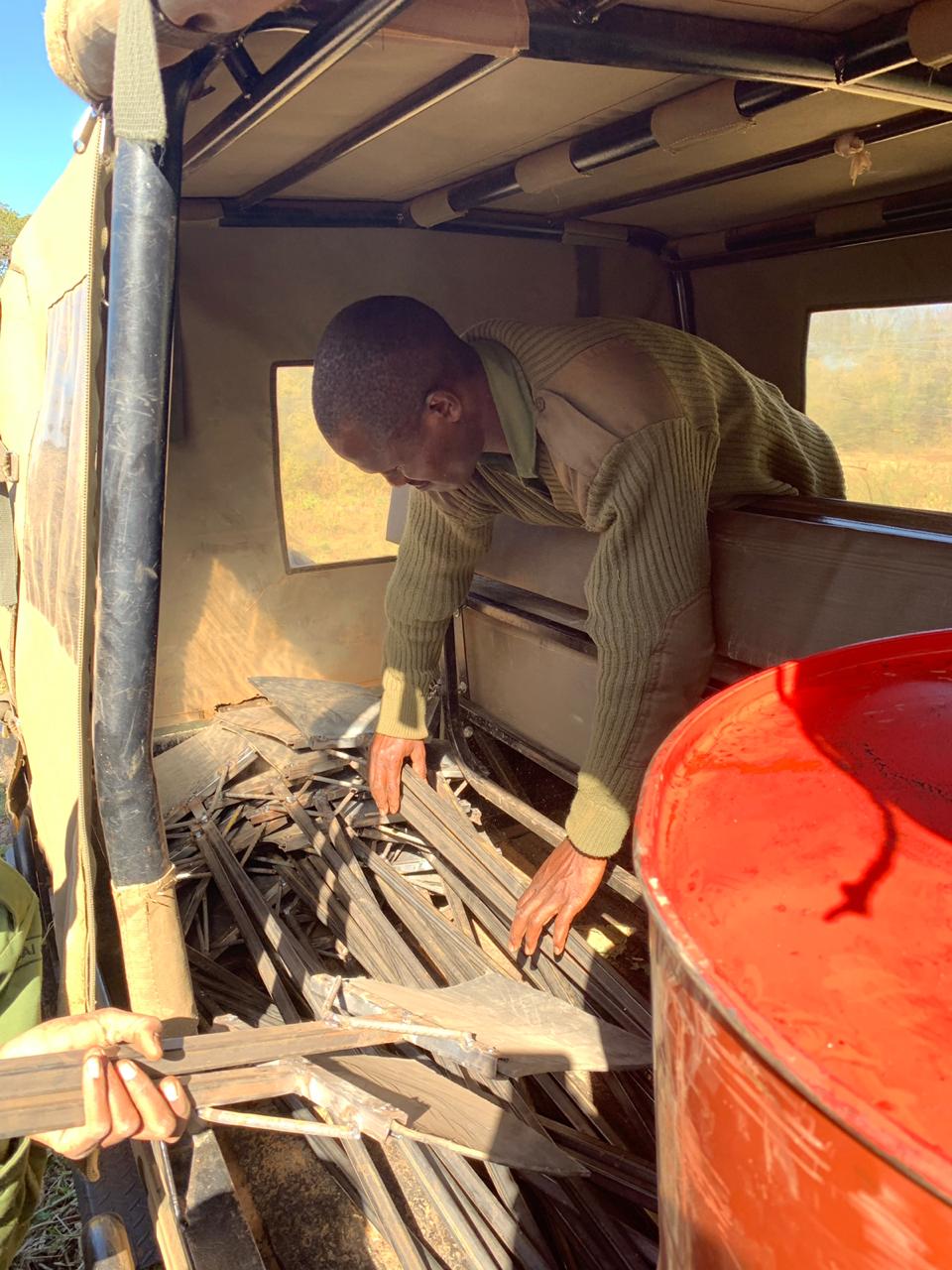
MEP and KWS rangers loading up the fire beaters used to put out the Mau Forest fire.
That evening, MEP learned that the fire was burning though the secondary forest which had mostly been logged previously for cedar and more recently podocarpus trees. The secondary forest had a lot of the dead wood remaining from the past logging activities, which added fuel to the fire. The deadwood and undergrowth meant the fires were concentrated and extremely hot. Once the fires spread to the bamboo part of the forest it sounded like gunshots because the hollow bamboo shoots exploded when burnt. As luck would have it, the fires were moving east toward a watercourse which had moving water in it and that night we experienced light rains.

The rapid response unit camp site in the Mau Forest.
The next morning at dawn we saw that the fire burned to the river and stopped. Large deadwood logs were still burning but this portion of the fire was contained at the moment. Portions of the fire were still alive and when the larger KFS team arrived including 30 officers they were successful at putting this portion of the fire out using the fire beaters. As of Thursday, two fires remain, and we will continue to follow them and work with our patterns to put them out.
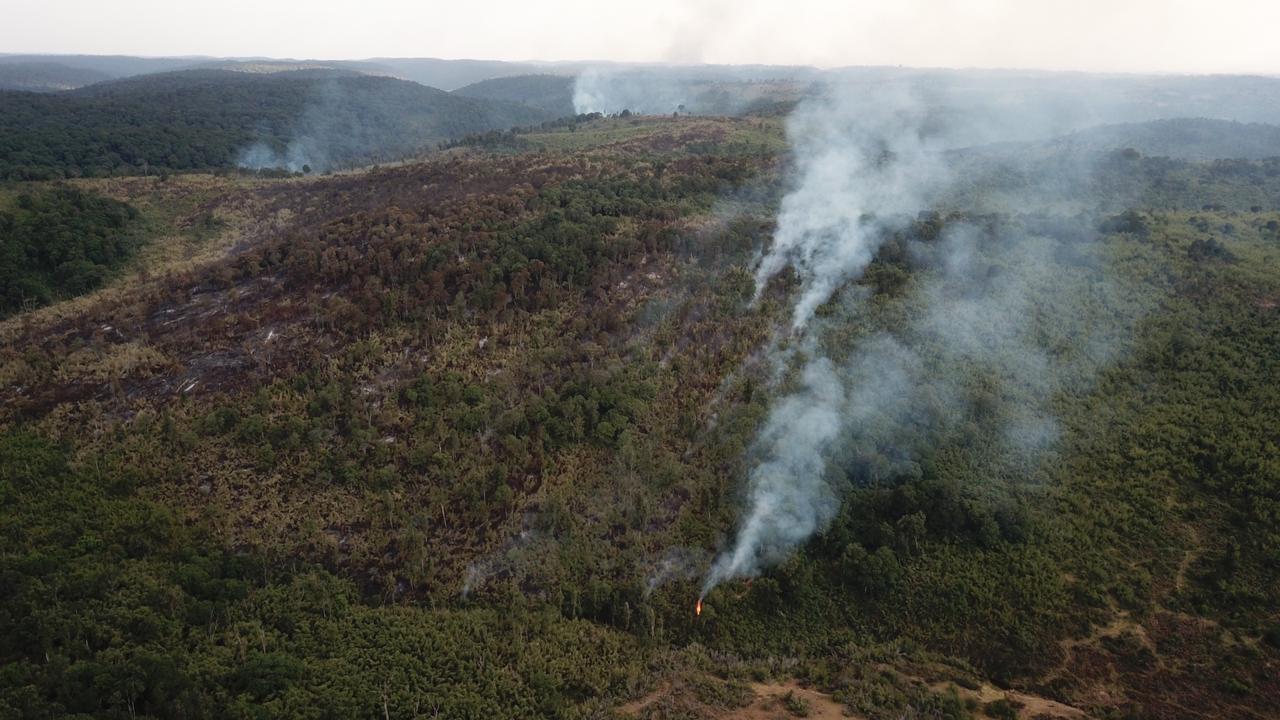
The Mau Forest fires as seen from the air.
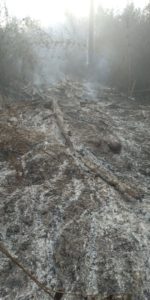
One concern for MEP was the location of our collared elephant, Wilbur, and his herd that resides in this area. On Thursday, the SWT Mau De-Snaring Unit was tasked with locating Wilbur and we’re happy to report that though he and his herd were found within 3 kilometers of the fire, he and his herd of 40 are in good condition. The SWT Mau De-Snaring Unit will continue to monitor the elephant’s well-being and fight the two remaining fires in the Mau Forest. Find out more about how the fire started and the joint effort to put it out here. (pictured left: fire damage inside the forest.)
MEP’s response was quick and effective but continuing our efforts has come at a high cost and your support of the rangers working tirelessly in the Mau Forest is needed.


